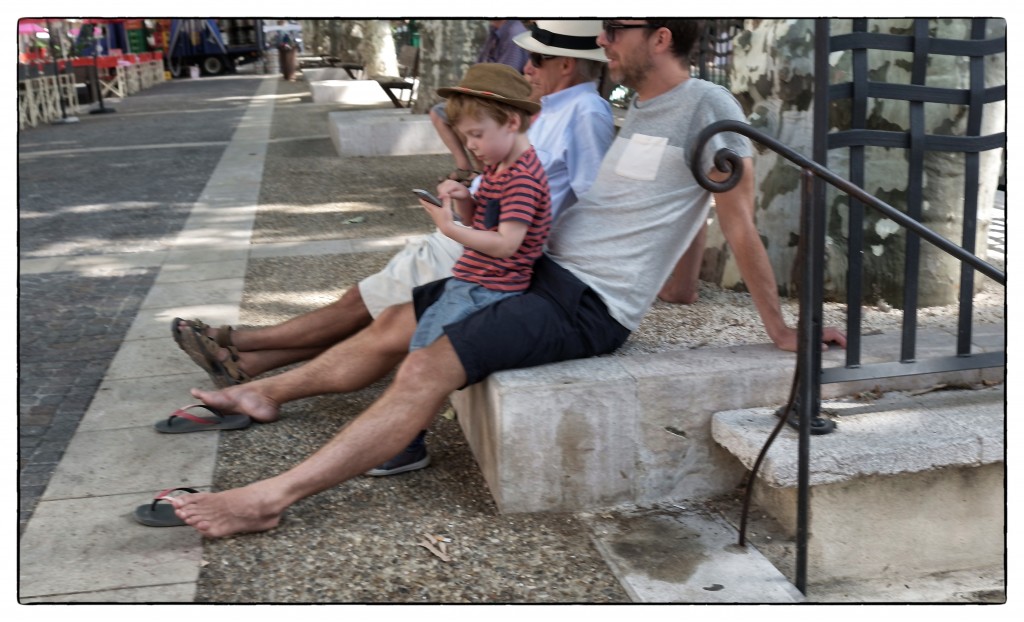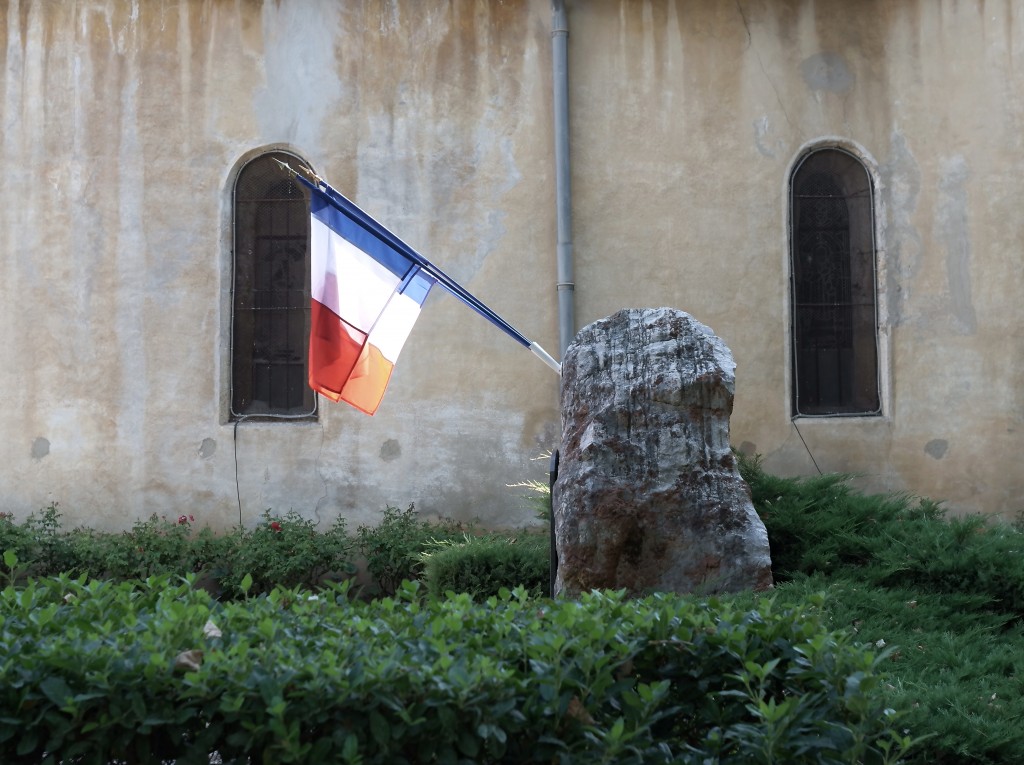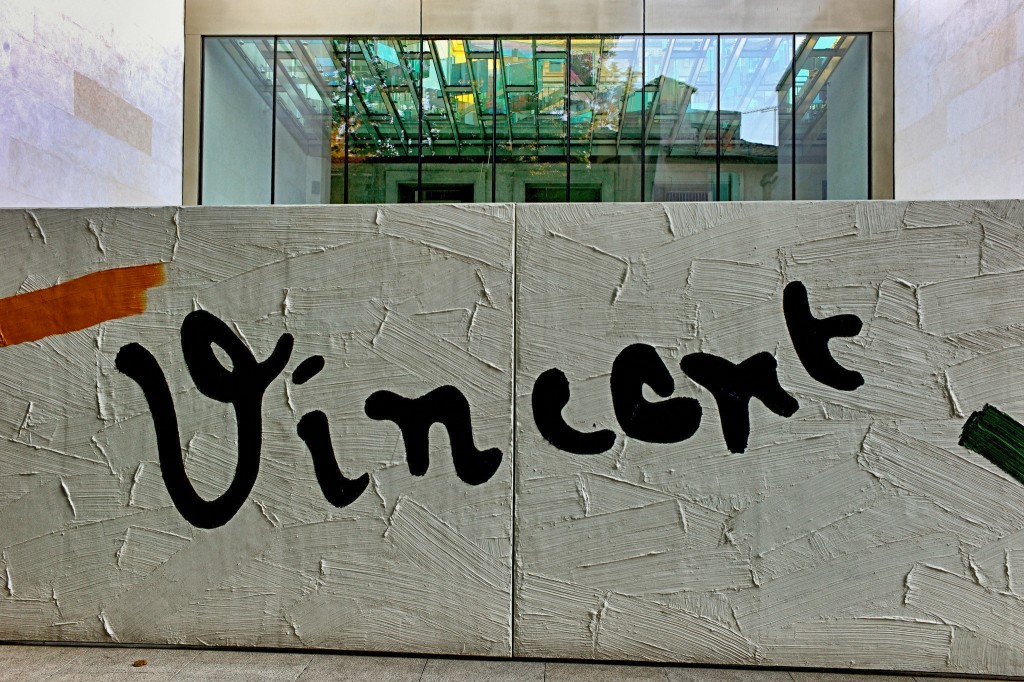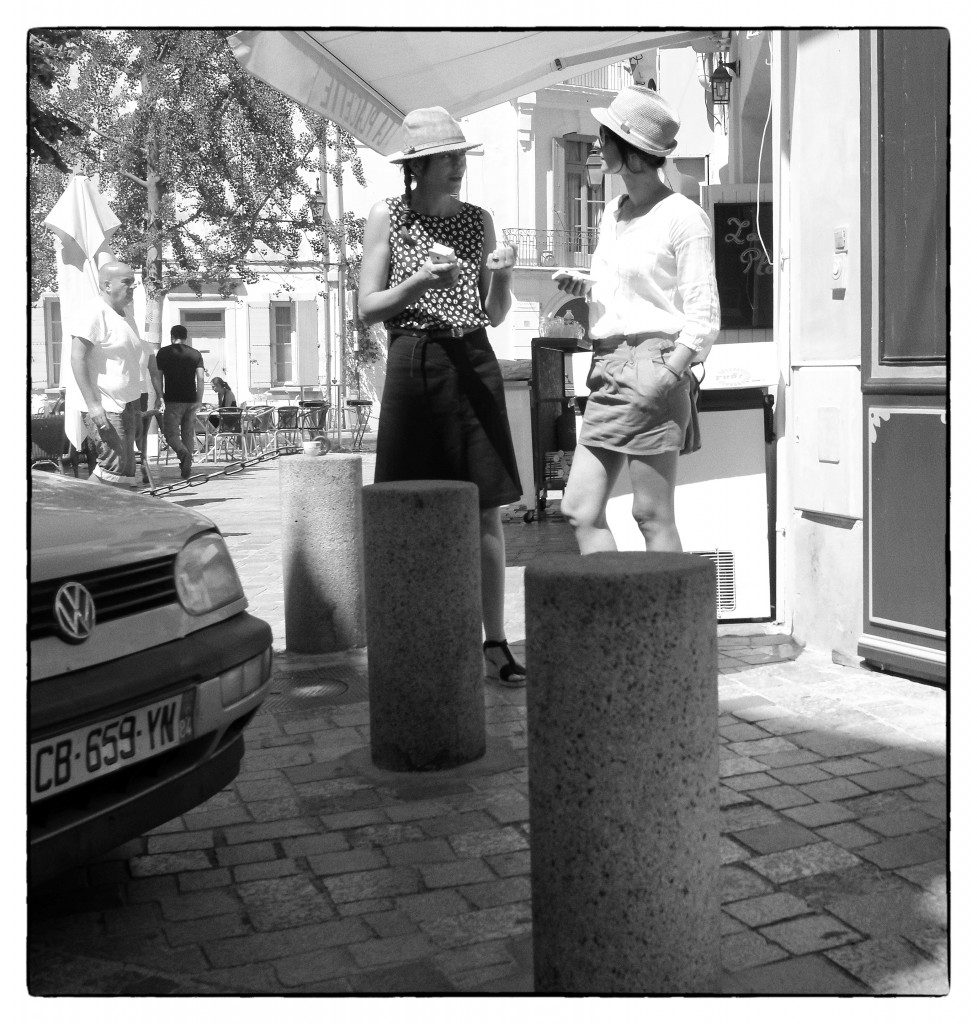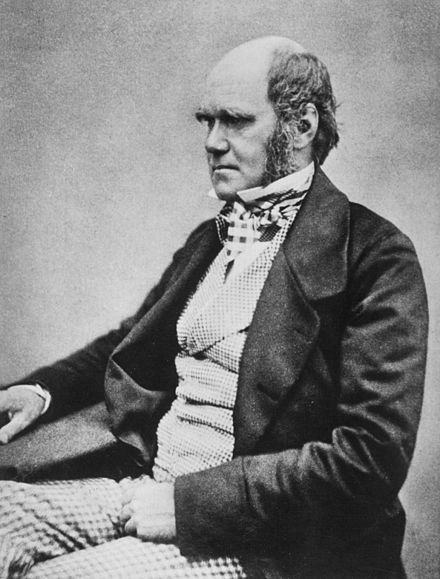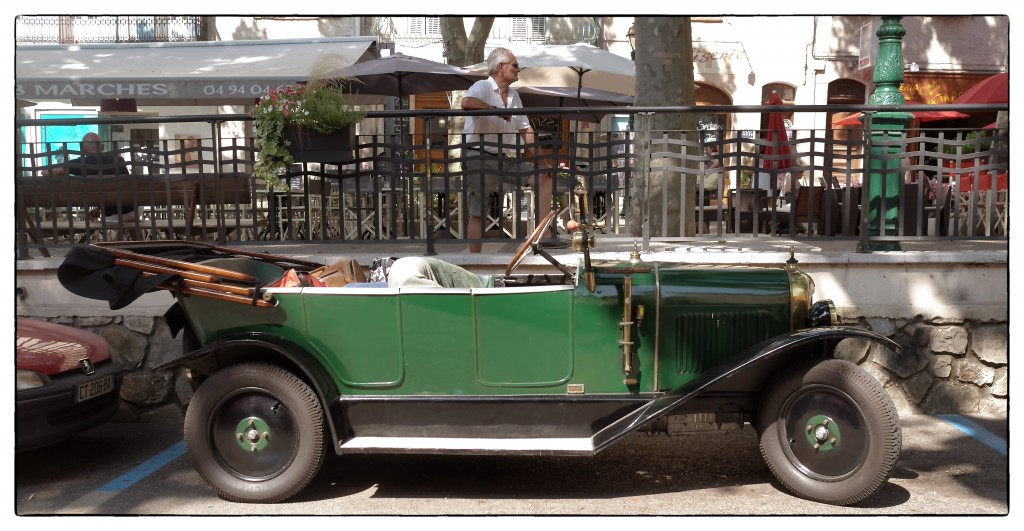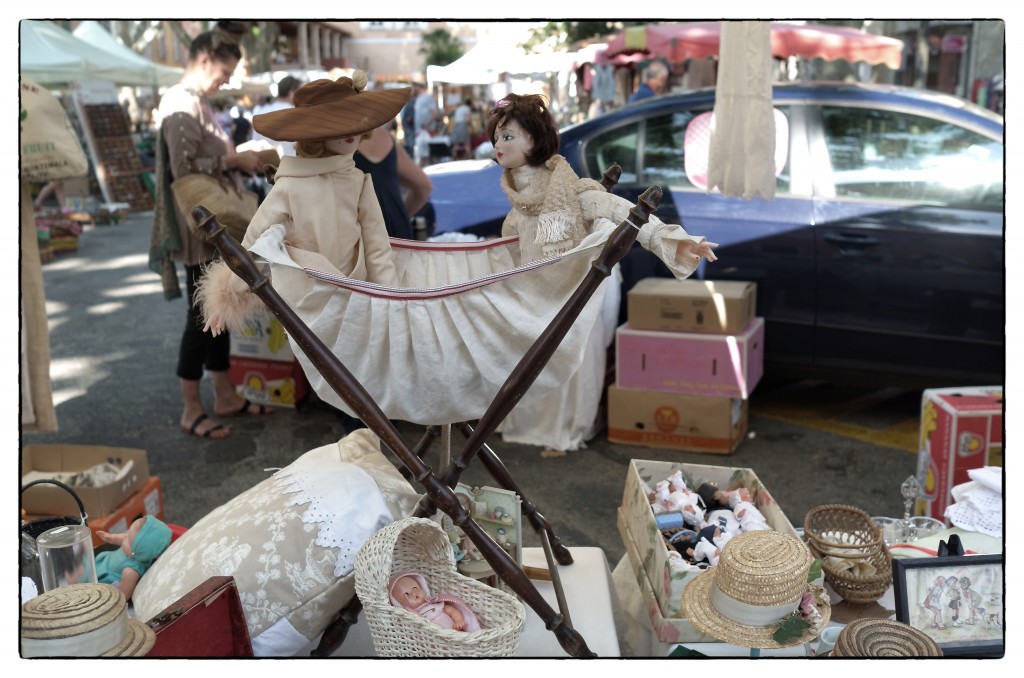One of the really nice things about being on holiday in Provence is the number of extended families who appear to be holidaying together. In a restaurant last night there were were several family parties, one of which appeared to have four generations present.
You don’t say
Well, well. The New York Times is reporting that the penny may have finally dropped in Washington:
WASHINGTON — American officials are concerned that the Chinese government could use the stolen records of millions of federal workers and contractors to piece together the identities of intelligence officers secretly posted in China over the years.
The potential exposure of the intelligence officers could prevent a large cadre of American spies from ever being posted abroad again, current and former intelligence officials said. It would be a significant setback for intelligence agencies already concerned that a recent data breach at the Office of Personnel Management is a major windfall for Chinese espionage efforts.
Flag day
Living through an earthquake
Astonishing video made by Steve Goldberg during the 2011 Japanese earthquake. Apart from the footage, what’s remarkable is how calm he seems to be.
Van Gogh: texture, colour and light
There’s a lovely passage in Julian Barnes’s review of Ever Yours: The Essential Letters of Vincent Van Gogh
We have a problem of seeing, just as we often have a problem hearing (or hearing clearly), say, a Beethoven symphony. It’s hard to get back to our first enraptured seeings and hearings, when Van Gogh and Beethoven struck our eyes and ears as nothing had before; and yet equally hard to break through to new seeings, new hearings. So we tend, a little lazily, to acknowledge greatness by default, and move elsewhere, away from the crowds discovering him as we first discovered him. But if, seeking silence and untrammelled Van Gogh, we then retreat into the art book, we are let down differently: however faithful the colour reproduction, the flat page always suppresses the urgent impasto of the paint surface, an impasto so thickly wet that the painter was sometimes kept waiting weeks before he could safely post off his latest canvas to his dealer-brother Theo. Julian Bell, in his useful short biography and appraisal
, aptly describes Starry Night over the Rhône as ‘closer to a sculptural relief than a reproducible flat image’.
Every Summer, on our way south, we try to spend a night in Arles, and when the Foncdacion Vincent Van Gogh first opened in 2014 we made a beeline for it. And the first thing that struck me was the brilliant way the gate to the gallery captures that “urgent impasto” of the surface of a Van Gogh.
Barnes also writes very well about his use of colour:
No one did colour more blatantly and more unexpectedly than Van Gogh. Its blatancy gives his pictures their roaring charm. Colour, he seems to be saying: you haven’t seen colour before, look at this deep blue, this yellow, this black; watch me put them screechingly side by side. Colour for Van Gogh was a kind of noise. At the same time, it couldn’t have seemed more unexpected, coming from the dark, serious, socially concerned young Dutchman who for so many years of his early career had drawn and painted dark, serious, socially concerned images of peasants and proletarians, of weavers and potato-pickers, of sowers and hoers. This emergence, this explosion from darkness, has no parallel except for that of Odilon Redon (who was prompted into colour more by internal forces, whereas Van Gogh was prompted into it externally – first in Paris by the Impressionists, and then by the light of the South).
For decades I couldn’t understood Van Gogh’s use of colour — and it wasn’t for want of trying: I lived in Holland in 1997-8 and often went to the Van Gogh Museum in Amsterdam. The fog only lifted in the summer of 2003 when I came to Provence for the first time. We flew in to Montpellier after dark, and drove to our destination through a tunnel dug by the car headlights into pitch-black darkness. Then, after a restless, hot night trying to sleep, I got up at dawn and opened the shutters — and looked out on a valley full of vivid ochres, yellows and greens, illuminated by a kind of light I’d never seen before (and, as a photographer, I pay a lot of attention to light). And then, finally, I began to understand Van Gogh.
Common sense about hacking
From the Economist blog:
FOR companies, there are two strategies for dealing with people who uncover flaws in their IT security: a right way and a wrong way. Our leader on hacking this week tells of the approach that Volkswagen took when a group of academics informed it that they had uncovered a vulnerability in a remote-car-key system: the firm slapped a court injunction on them. It is difficult to conceive of an approach more likely to be counter-productive.
United Airlines, it seems, has a far more enlightened attitude. It has just awarded two hackers 1m air miles each after they managed to spot security weak spots in its website. The move is part of a scheme called “bug bounty”, in which hackers are incentivised to contact the company with security flaws, rather than post them online. This approach is common at Silicon Valley firms, and makes just as much sense for old-fashioned industries too. Pound to a penny, there are nefarious types out there trying to break into most big companies’ IT systems. Encouraging “white-hat” hackers to uncover flaws, and then rewarding them for not revealing them to the wider world, may sit uncomfortably with people’s sense of fairness. However, if it gives firms time to fix the problem, in pragmatic terms the benefit is obvious.
Yep.
Street scene with hats
The ghosts of thinkers past
In her newly-published autobiography Antonia Fraser opens with a quote from the autobiography of G.M. Trevelyan:
The poetry of history lies in the miraculous fact that once on this earth, once, on this familiar spot of ground, walked other men and women, as actual as we are today, thinking their own thoughts, swayed by their own passions, but now all gone, one generation vanishing after another, gone as utterly as we ourselves shall shortly be gone like ghosts at cockcrow.
I often think of this when walking through Cambridge, the city where I live and work. If one walks down Free School Lane, for example, one passes the lab where Ernest Rutherford and Peter Kapitza worked and where the father-and-son team of William and Lawrence Bragg did the research which earned them both the 1915 Nobel Prize for physics. Also off Free School Lane is the room where J.J. Thomson discovered the electron, the room where, in 1932, John Cockroft and Ernest Walton first split the atom, and the room where, in 1953, James Watson and Francis Crick assembled the double-helix model of DNA. Turn left onto Bene’t Street and you find the Eagle, the pub to which Crick and Watson repaired to inform patrons that they had “found the secret of life”. If you walk down St Edward’s Passage, you will see (over David’s second-hand bookshop) the apartment in which John Maynard Keynes lived with his wife Lydia when they were in Cambridge. On Trinity Street, next to the Great Gate of Trinity, is the window of Isaac Newton’s room. On the other side of the street is Whewell’s Court, where Ludwig Wittgenstein had his spartan accommodation, complete with camp bed and card table.
When I lived in the centre of the city in the 1970s, one of the dustbins in a neighbouring house on Chesterton Lane (owned by Magdalene College) was labelled “I.A. Richards”. Walk down King’s parade and you pass the college where, in 1969, I attended E.M. Forster’s 90th birthday party (an event hosted by Francis Crick), where Bernard Williams was the Provost and where Alan Turing was both a student and a Fellow.
And so it goes on, seemingly ad infinitum. There’s Christ’s College, the college of John Milton and Charles Darwin (where they have restored Darwin’s room to its original state). And the Master’s Lodge in Peterhouse, where Herbert Butterfield once lived. And…
I once thought of organising a walking tour on the theme of “Cambridge ghosts”. Who knows, maybe I still might, one day.

